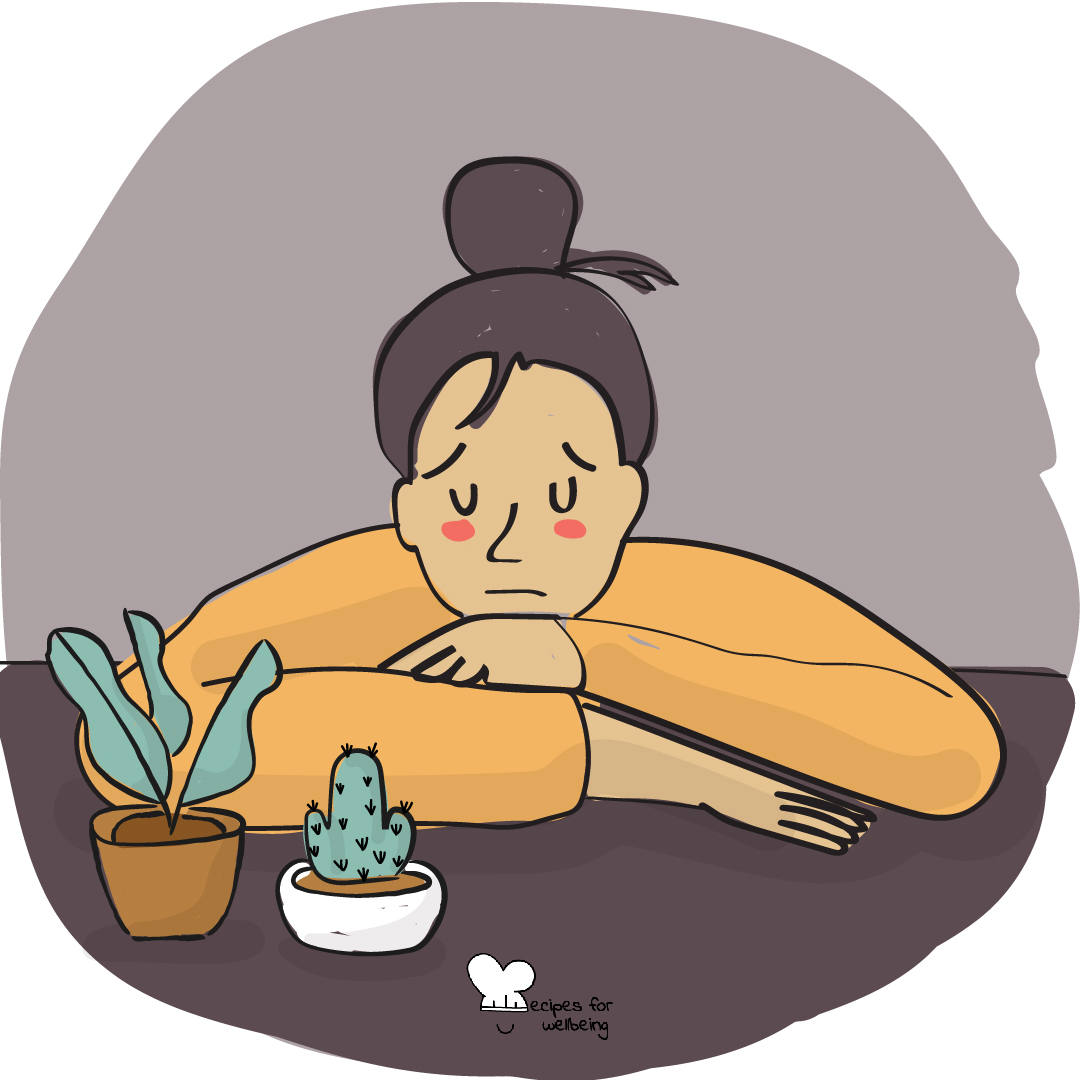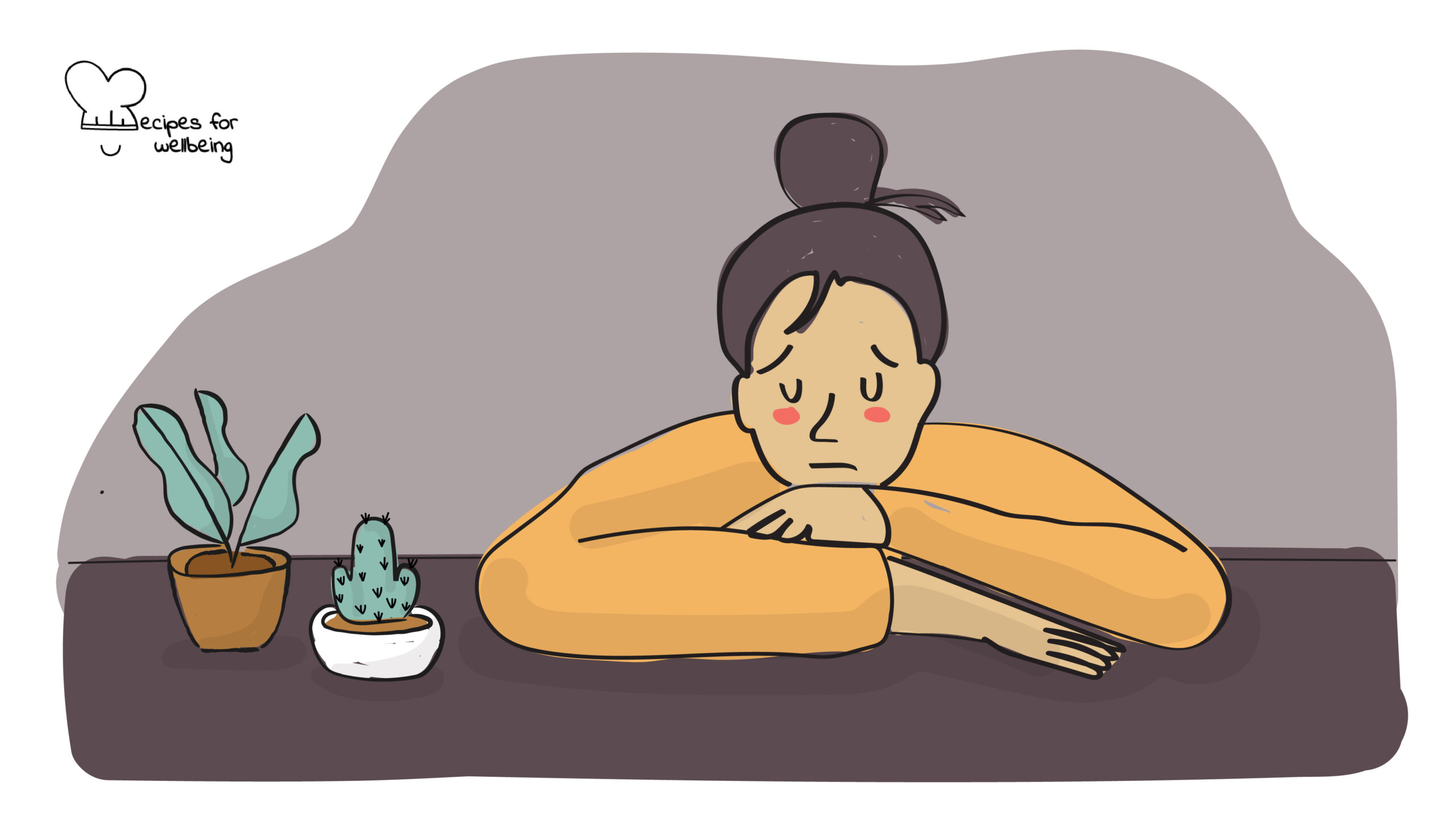
Tips to avoid burnout
Burnout is what happens when you try to avoid being human for too long. ―Michael Gurnor
 Serves: 1 person
Serves: 1 person
 Difficulty: Medium
Difficulty: Medium
 Total time: Ongoing
Total time: Ongoing
 Ingredients: Patience, Kindness, Self-Compassion
Ingredients: Patience, Kindness, Self-Compassion
 Wholebeing Domains: Accomplishments, Discomfortability, Meaning, Positive Emotion, Rest, Ritualising
Wholebeing Domains: Accomplishments, Discomfortability, Meaning, Positive Emotion, Rest, Ritualising
 Wholebeing Skills: Agency, Calm, Discernment, Exercising, Purpose, Relaxation, Stress managemen
Wholebeing Skills: Agency, Calm, Discernment, Exercising, Purpose, Relaxation, Stress managemen

Tips to avoid burnout
 Description
Description
A series of tips to avoid burnout.
Do you think you might be nearing burnout? How do you know if you are? How can you find out what are the causes and conditions of your burnout? And what can you do to avoid it?
First and foremost, let’s define burnout: according to MindTools’ article “Avoiding burnout”, burnout “is a mixture of professional exhaustion, and disillusionment with other people, the organisation, or the career, over the long term.” It is important to notice that whilst anyone can become exhausted, burnout mostly strikes with people who are highly committed to their work – that’s why so many changemakers are experiencing burnout.
Our recipe “Burnout and wellbeing scale” offers a questionnaire you can take to assess your level of burnout and wellbeing. It is particularly useful to identify the main symptoms of burnout you might be experiencing, from low energy to a loss of interest in your work. But being aware of the symptoms is not enough, you need to go deeper to identify the root causes and conditions of your burnout. That’s why we also invite you to check out our recipes “6 causes of burnout” and “The wheel of burnout”. Only at that point can you move onto exploring different strategies to help you avoid, or cope with, burnout.
The following recipe shares different tips to avoid burnout, which have kindly been donated by MindTools as described more comprehensively in their article “Avoiding burnout”. If you’re looking for specific tips to prevent burnout when working from home, then check out our recipe “4 tips to avoid WFH burnout”.
 Steps
Steps
Strategy 1 – Work with purpose
Finding purpose and meaning in your job or career can help you avoid burnout and keep stress under control. Check out the following recipes to help you rediscover your purpose: “5 steps to purpose”, “A picture says a thousand words”, “A way into your purpose”, “Discover your Ikigai”, and “The PERMA model”.
Strategy 2 – Perform a job analysis
Clarifying what’s expected of you, and what isn’t, in your job can help you to prioritise important responsibilities and delegate less essential tasks. Our recipe “Drop the to-do list guilt” offers a useful way to look at your responsibilities by differentiating between glass balls that shatter if they hit the ground and rubber balls that can be caught at the rebound.
Strategy 3 – “Give” to others
Giving to others, even the smallest acts of kindness, can boost your wellbeing a long way. Doing good makes you feel good. It doesn’t have to be something grandiose – how about setting aside some time to offer a listening ear to someone in need? Check out our recipe “Active listening”.
Strategy 4 – Take control
Increasing your autonomy and sense of ownership can help you avoid or overcome burnout. Check out our recipes “Done list” and “Identifying your goals and resources” as well as the group-coaching activity to help you get unstuck “Action learning set”.
Strategy 5 – Exercise regularly
Keeping your body active helps to alleviate stress, boost your immune system, and create a sense of wellbeing. You can benefit from our yoga routines such as this “Gentle morning flow” or from our Nature-based activities such as this “Walking meditation”.
Strategy 6 – Learn to manage stress
When unchecked, short-term stress can lead to burnout so it is important you learn to manage your stress effectively. We have a variety of recipes that can be helpful here: from our “Managing stress” and “Stress diary” activities to our numerous mindfulness meditation practices such as “4–7–8 breathing technique”, “Body scan meditation”, “Calm your nerves”, “Colour-breathing meditation”, “Five elements meditation”, “Releasing energy”, and “Simple breathing exercise”.


 Arabic
Arabic Chinese (Simplified)
Chinese (Simplified) Dutch
Dutch English
English French
French German
German Italian
Italian Portuguese
Portuguese Russian
Russian Spanish
Spanish